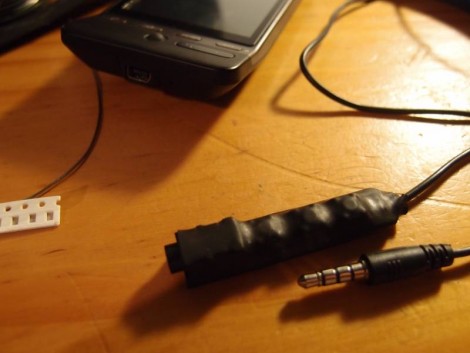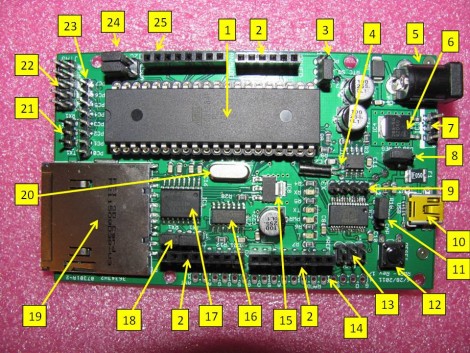
The Science Channel has a new show premiering tomorrow night that we think you won’t want to miss.
JUNKies takes a look at a group of junkyard engineers led by [Jimmy “The Junk Genius” Ruocco], who also happens to be the junkyard’s owner. From the trailer you can see below, the show looks like it will be pretty entertaining, combining the best parts of Junkyard Wars, Mythbusters, and even Jackass – with hilarious and interesting results.
The show includes crazy stuff that [Jimmy] and his crew piece together, as well as the creations of individuals that come by the shop looking for parts. When the crew is not busy concocting crazy machines, they seem more than happy to help random inventors and makers dig out just the right parts for their projects.
The show airs tomorrow night, 8/18, at 10 PM Eastern, so be sure to check it out and let us know what you think!
[via Make]

















